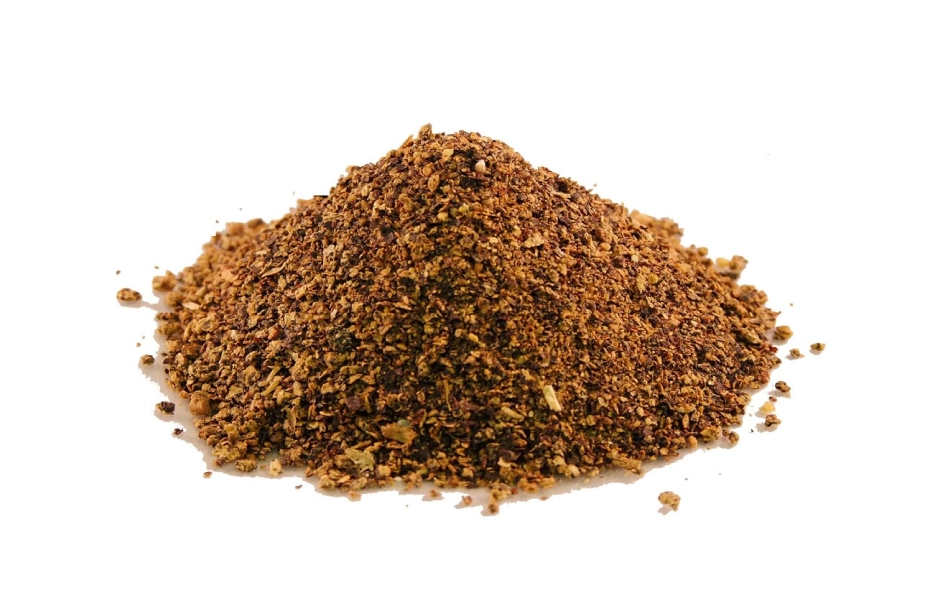Rapeseed Meal is a by-product of oilseed processing that is commonly used as a feed ingredient for poultry. Here are some key nutrition facts about Rapeseed Meal as poultry feed:
- Protein content: Rapeseed Meal is a moderate to high-protein feed ingredient, with a typical protein content of around 35-40% on a dry matter basis. This makes it a good source of protein for poultry, but its protein quality is lower than that of soybean meal or fish meal.
- Amino acid profile: The protein in Rapeseed Meal is low in lysine and methionine, which are essential amino acids for poultry. This means it must be supplemented with other feed ingredients to provide a well-balanced amino acid profile.
- Energy content: Rapeseed Meal is a moderate source of energy for poultry, with a typical metabolizable energy content of around 2,400-2,600 kcal/kg on a dry matter basis.
- Fiber content: Rapeseed Meal is high in fiber, with a typical crude fiber content of around 12-15% on a dry matter basis. This means it can contribute significantly to the bulk of poultry feed and may have a laxative effect if fed at high levels.
- Mineral content: Rapeseed Meal is a good source of several important minerals, including phosphorus, potassium, and magnesium. However, it is relatively low in calcium, which is an important nutrient for poultry eggshell formation.
Overall, Rapeseed Meal is a moderate to high-quality source of protein for poultry feed, with a high fiber content and moderate energy content. It can be used as a source of energy and protein in poultry diets, but should be supplemented with other feed ingredients to provide a well-balanced amino acid profile. It is also important to ensure that Rapeseed Meal is free from contaminants, such as glucosinolates and erucic acid, which can be harmful to poultry.
